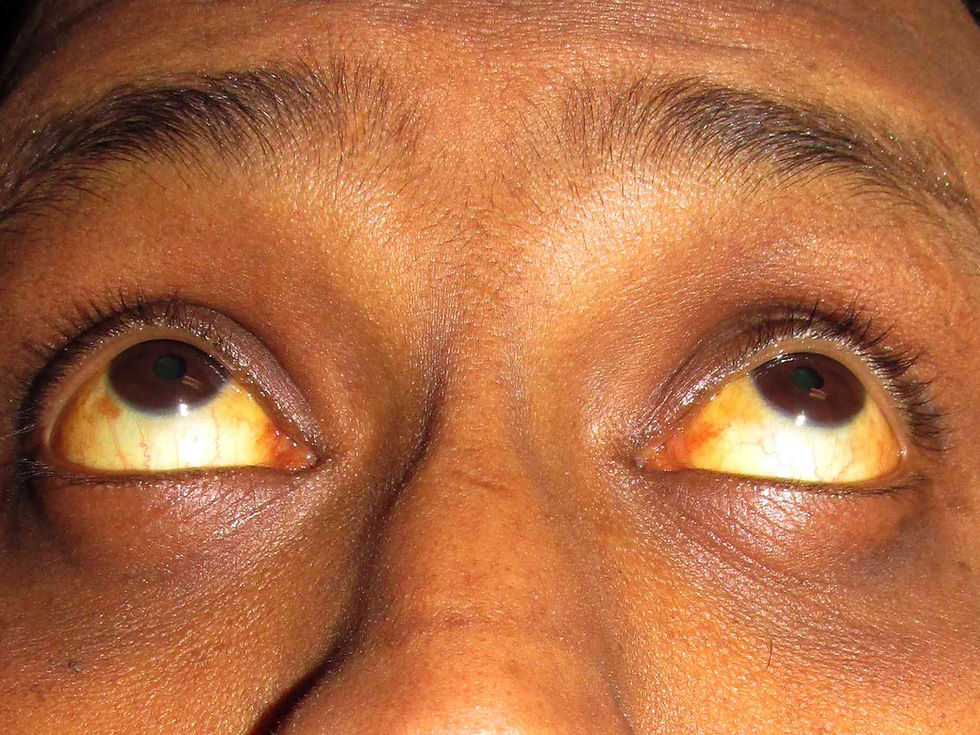Hakeemi in Balochistan’s Jaundice Outbreak
- Zalzir Baloch
- Aug 31
- 1 min read

During 2004 and 2008, Balochistan experienced a Jaundice outbreak. It was particularly difficult to treat nomadic communities due to several reasons, including:
- Lack of access to modern healthcare
- Lack of trust in allopathic medicine
So people turned to folk medicine. The medicine was made from the cotton plant, commonly available in rural areas. Its flowers, yellow in colour, were picked, washed and crushed into powder, which was then mixed with clean water for the patient to consume.
Alum was mixed with buttermilk and given to the patient. It helped in regulating body fluids, and as a result, the body got rid of toxins sooner.
In nomadic communities, people often rear camels as livestock. They treated jaundice by having camel milk on an empty stomach.
Raw & dried figs were also used for increasing red blood cell count. And Tamarind was also mixed with sugar for the patient to consume.
Some also preferred protective taweez from a Mullah to help with the treatment. A popular belief was that if you took a white onion to a mullah. He would pray and blow over it, then hang it around the patient’s neck. Jaundice would be cured as the onion dried.
In addition, some people turned to religious practitioners (mainly women) who recited verses for the sick while placing a bowl of oil in front of them. The oil was said to turn yellow, symbolically drawing the jaundice out of the patient and healing them. Natural liquids, such as water or oil, have long been used in Hakeemi across the Indo-Persian world and Eurasia, for they are believed to absorb negative energy.



Comments